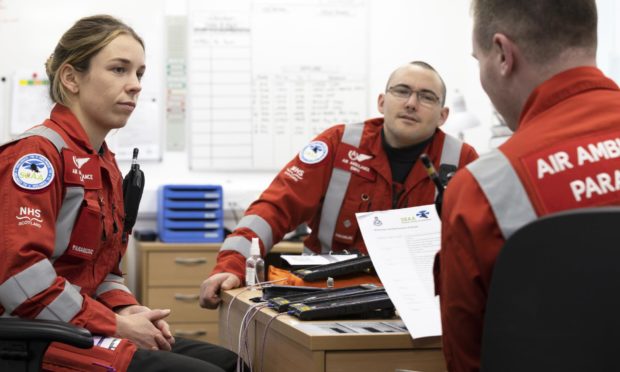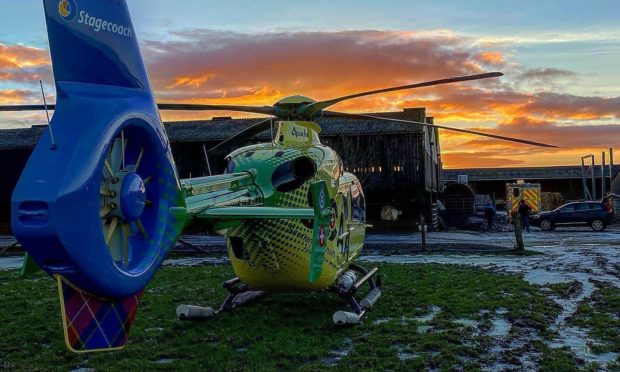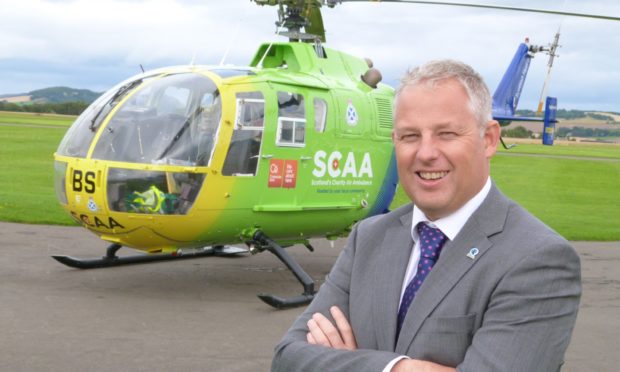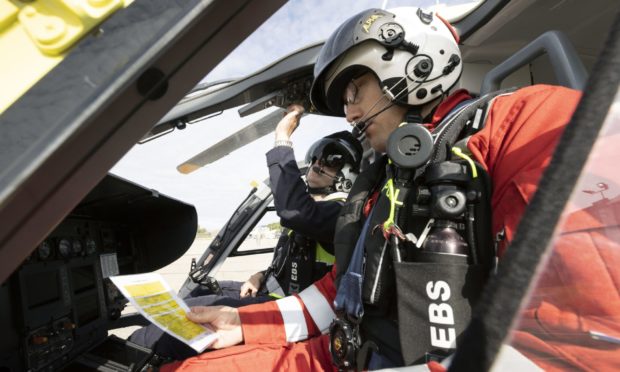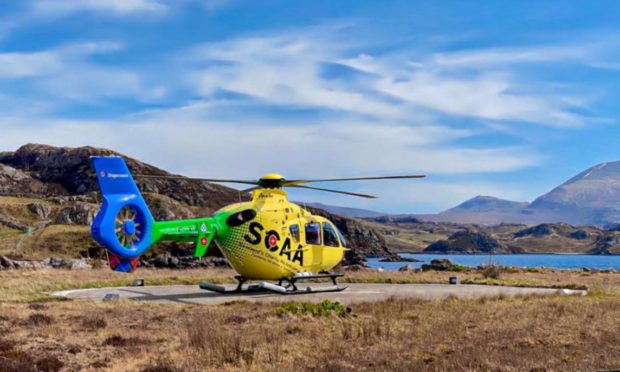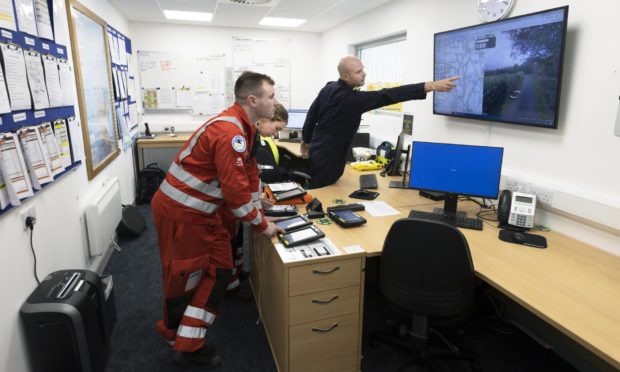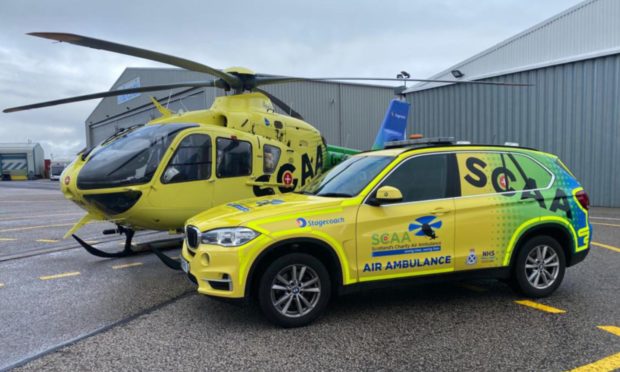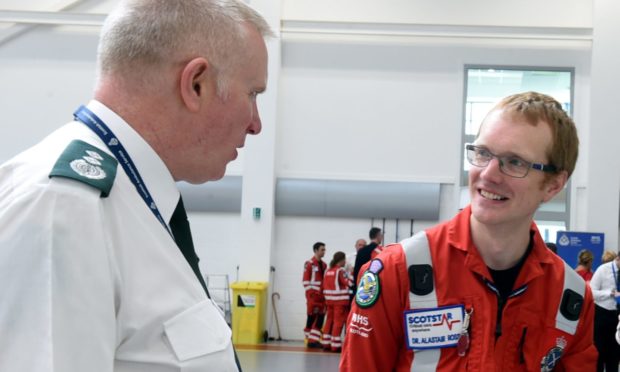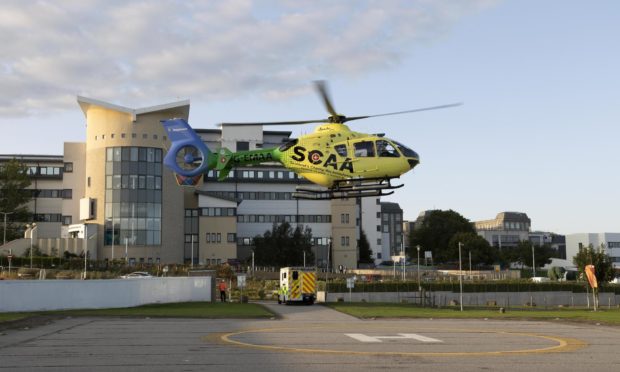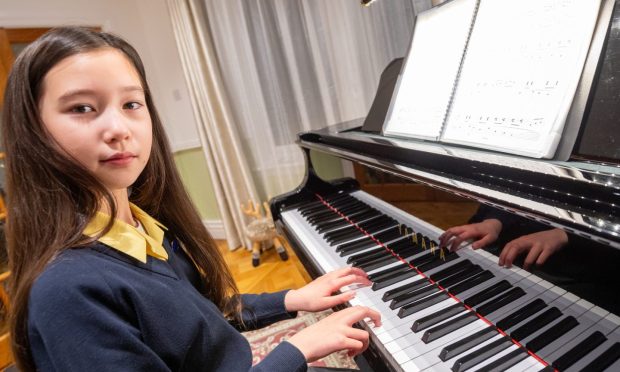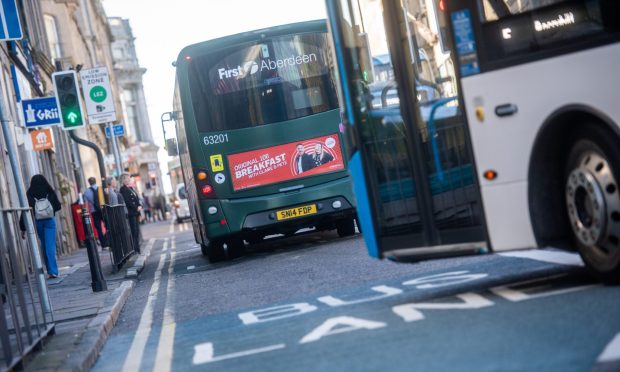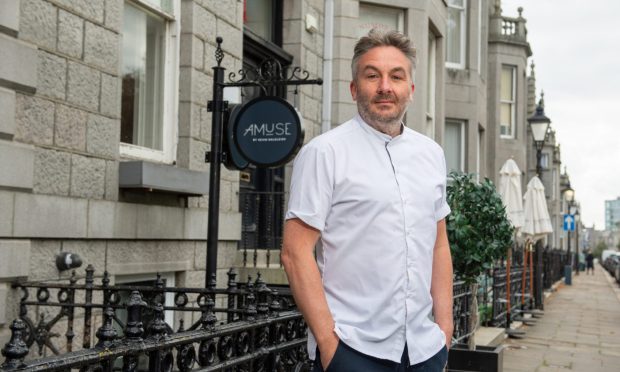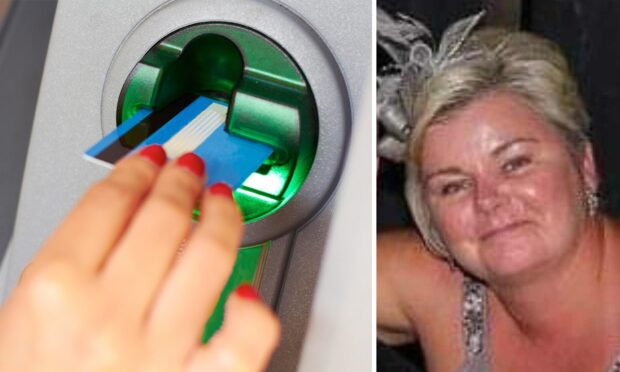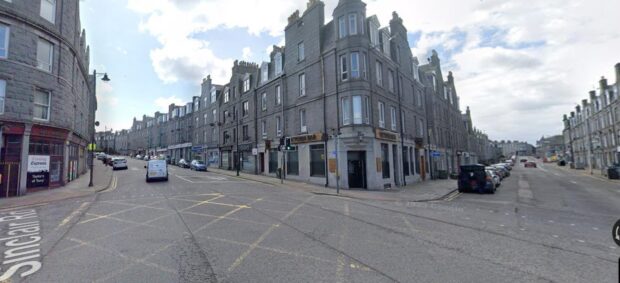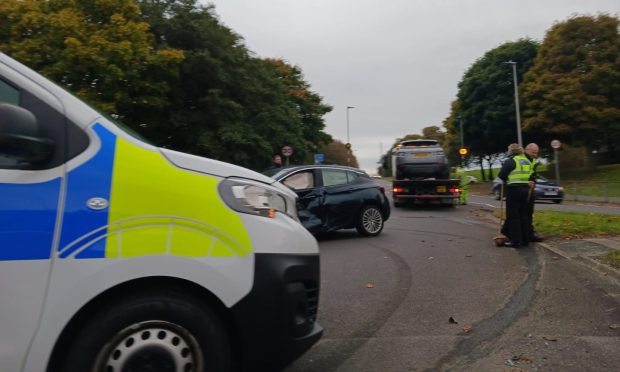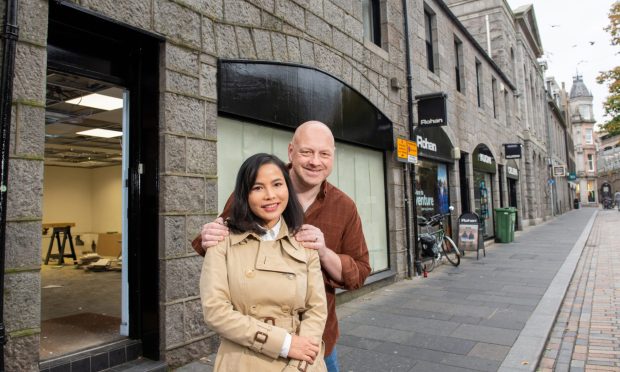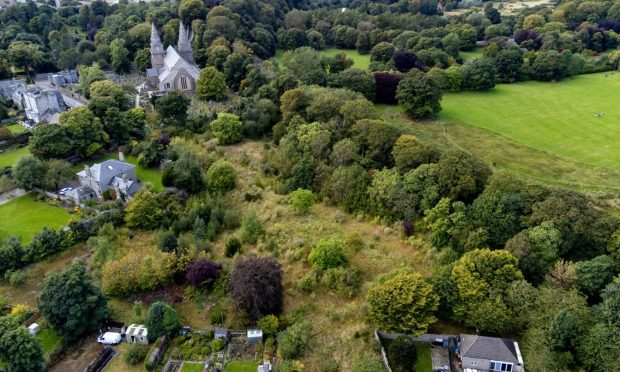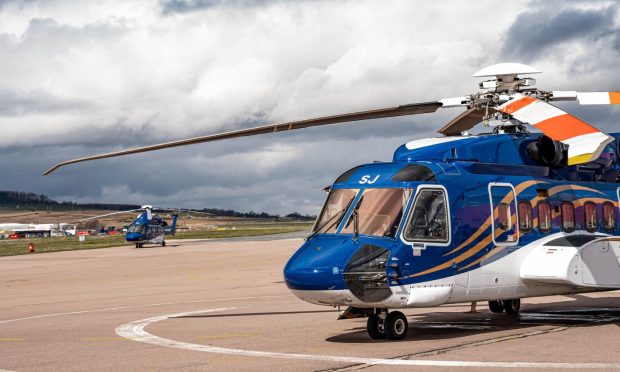Paramedics working on Scotland’s newest helimed have opened up on a first year in the job that no one could have predicted – as the pandemic took the wind from their sails days before launch.
Helimed 79 and its crew took up operations from Aberdeen airport on April 3, 2020 – less than a fortnight after the UK-wide coronavirus lockdown was introduced.
It left Scotland’s Charity Air Ambulance’s (Scaa) new team isolated in their hangar as only essential personnel were allowed entry.
And it added new limits to what the pilots and paramedics could expect to be called to, as helicopter operator Babcock and the Scottish Ambulance Service tightened rules to ensure the safety of patients and their lifesaving staff.
It has changed the inside of the aircraft too, with a separation curtain fitted between the rear and the front, much like taxis have been fitted out with, to increase separation.
The strict policies stopped Helimed 79 carrying as many seriously hurt or ill patients to hospital as it might otherwise have done – leading to the belief it will be able to help even more people as the country emerges from lockdown.
One element – which has proven quite troubling for paramedics looking to reassure casualties in the back of the copter – is unlikely to change any time soon though: face masks.
Rich Forte, one of Scaa’s paramedics, told The P&J: “With road ambulance colleagues at jobs in full PPE as well, it’s just a bunch of folk in white suits and it’s really difficult.
“Communication becomes really, really complicated when you’re wearing full masks and goggles and a big white suit, so no one can identify who you are.
“You’re having to speak up a lot louder, so there are physical challenges with that, and you’re pouring with sweat. It’s really fatiguing.”
His colleague Laura McAllister agreed masks were “definitely” making the job “so difficult”.
She added: “We’ve had a few younger patients, little kids, and you know not only that you have to put a mask on them and their parents, but that you’re wearing one too.
“It takes away a lot of that personal side, to have that rapport with patients, and it changes the job.”
Team leader Ewan Littlejohn said staff are working hard to ease “anxiety” caused by the “quite intimidating” experience older patients, and those hard of hearing, were suffering due to the PPE.
A glasses wearer, he bemoaned the same problem so many have found throughout the pandemic – the “absolute headache” of his lenses steaming up, albeit not all are in a humid helicopter.
“On one hand the lockdown has been a blessing since we are a brand new team in a brand new setup, so it’s provided a bubble of protection to get us all up to speed.
“On the flip side of that, it’s been hectic with the organisation and we just don’t know what normal will be for us.”
Members claimed the “difficult time” was worsened by the loss of human interaction with the acutely unwell people workers were treating.
Scotland’s Charity Air Ambulance has made a huge impact since 2013, saving lives and preventing suffering.
That is why the P&J campaigned successfully for Scaa’s second helicopter to be based in our region.
It has now been a year since the aircraft – call sign Helimed 79 – started flying missions from Aberdeen Airport.
But this is an emergency service that relies entirely on donations.
Each call-out costs about £2,500 and SCAA needs P&J readers to help hit its £6million target to cover the cost of its first three years operating in the north-east.
So please do anything you can to raise those funds and show that We’re Backing Helimed 79.
Ways to donate to SCAA
- Website: www.scaa.org.uk/donate
- Text: Text ‘SCAA’ and the amount to 70085
- Phone: 03001231111
- Cheques: Made payable to ‘SCAA’ or ‘Scotland’s Charity Air Ambulance’ and sent to: Scotland’s Charity Air Ambulance (SCAA), The Control Tower, Perth Airport, Scone, PH2 6PL
